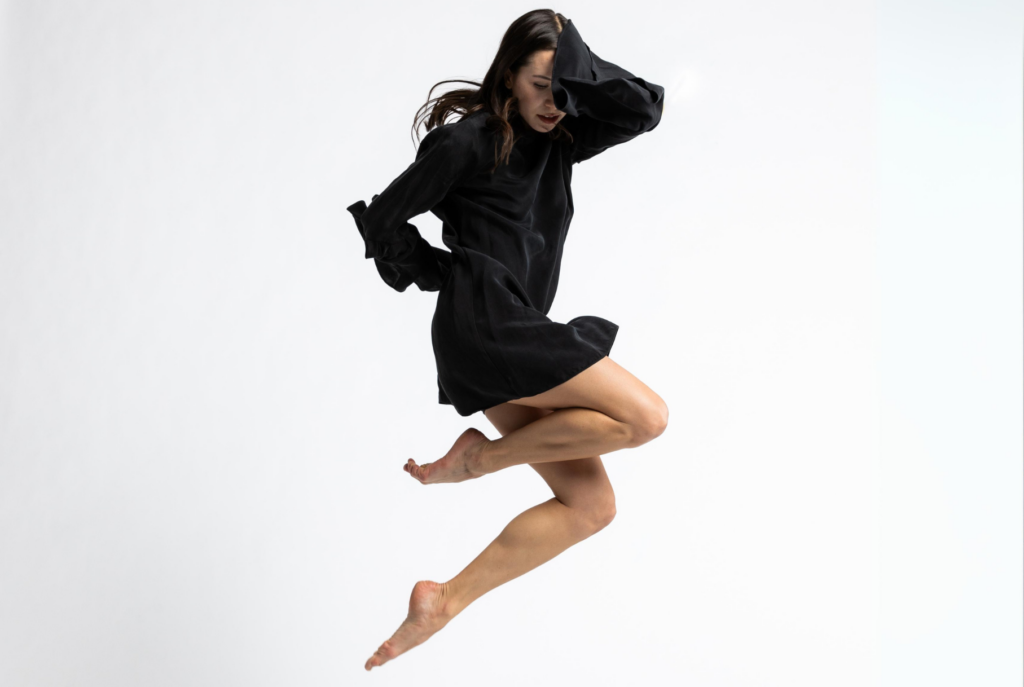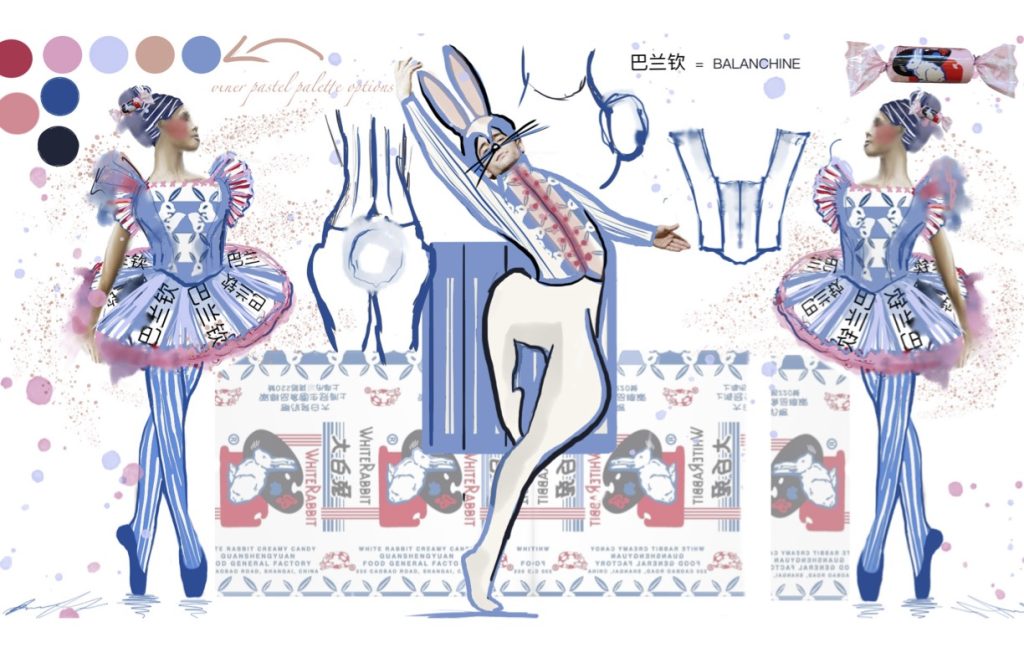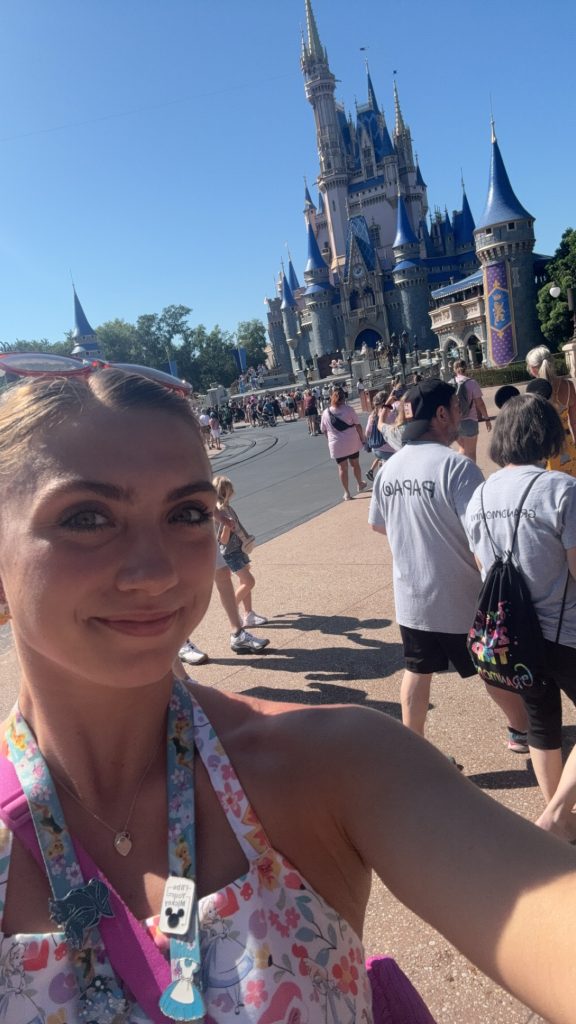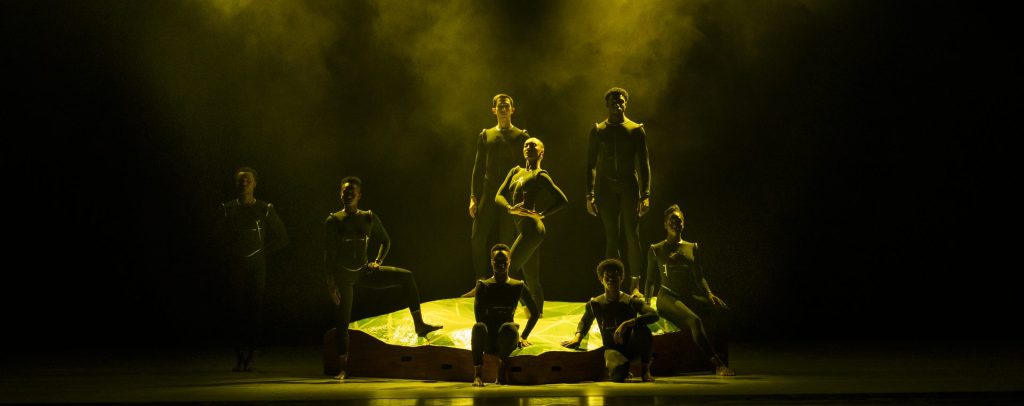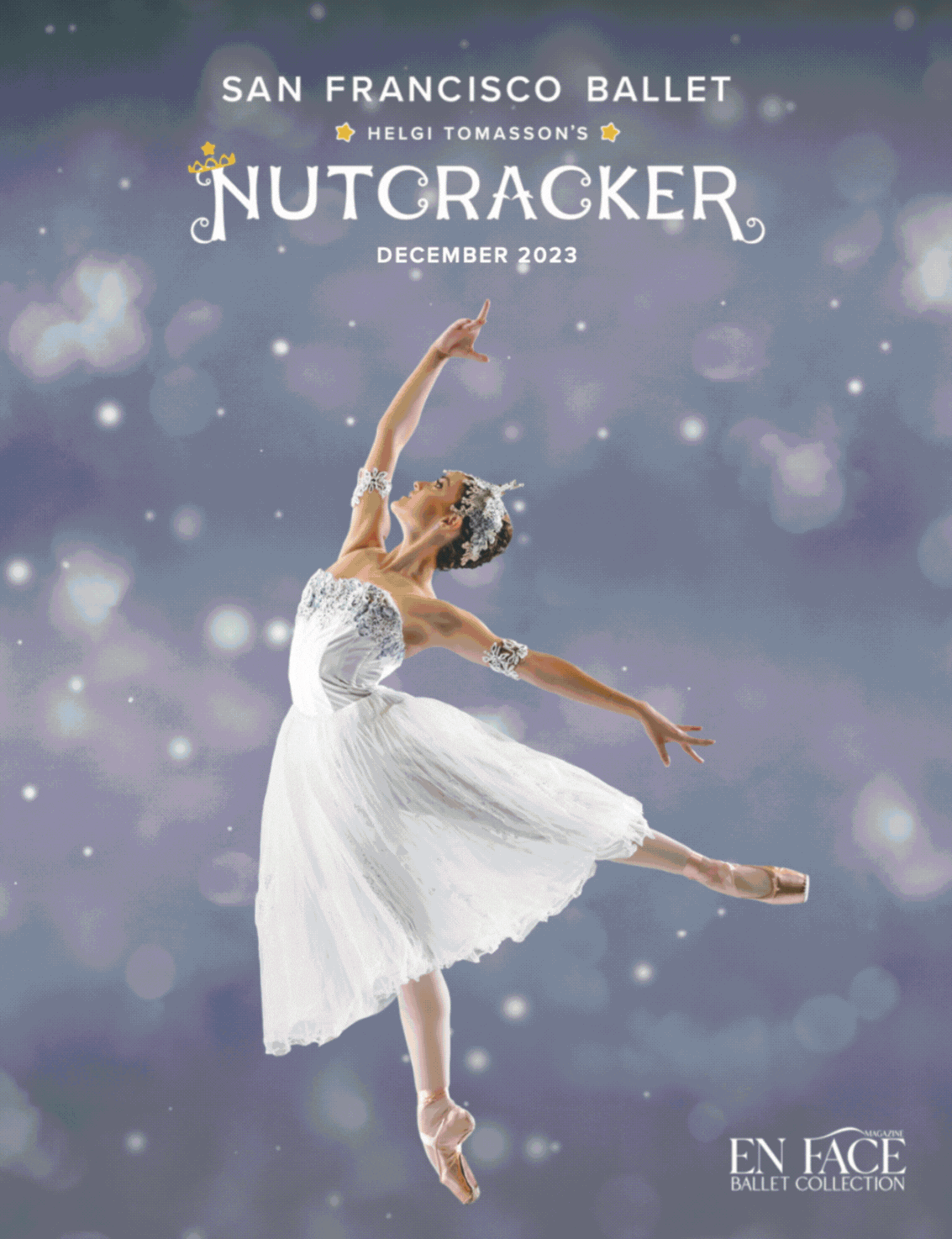Made in Portland’s three choreographers have vastly different backgrounds, experiences, and perspectives, but they––and their dances––share at least one common motivation: community. All three say that questions of what it means to be one within a group, whether as a leader, co-creator, struggling to escape or seeking refuge, have directly influenced the performance at Oregon Ballet Theatre’s Made In Portland.
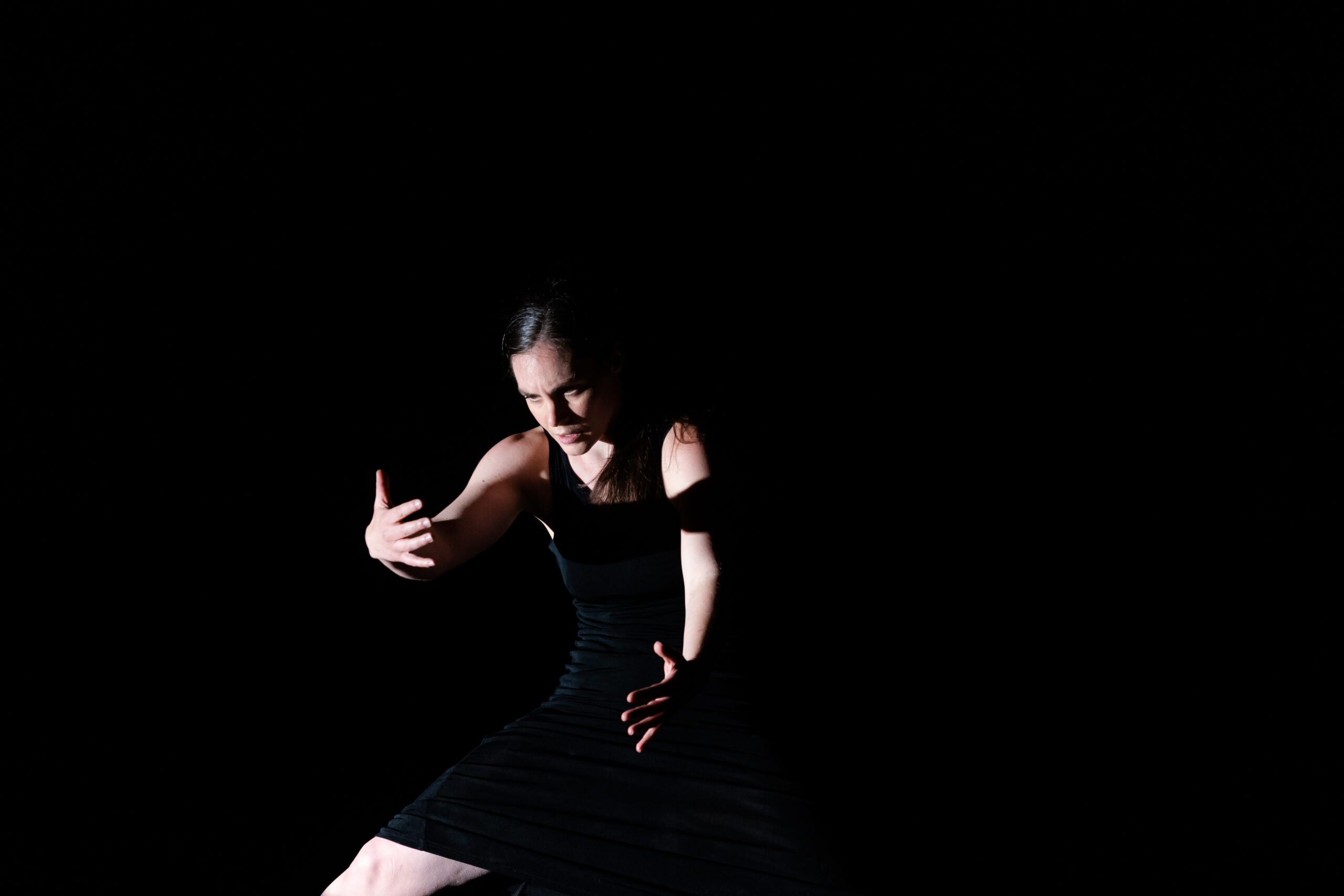
REBECCA MARGOLICK
Rebecca Margolick darts between three identities: freelance dancer for hire, performer of her own solos and duets, and commissioned choreographer. Each type of work focuses her artistic mind in different ways, but they feed each other, too. Do her dual mindsets––dancer and choreographer––overlap? Sometimes, she says. “I love dancing, I love performing, and I love choreographing. When I’m choreographing, I’m moving with the dancers, because I want to know, ‘Is this feasible? Does it make sense? Does it feel okay on the body?’
But there’s a point when I really step back and give the piece over to the dancers. Even though I’m emotionally connected to it, it’s theirs.”
That sentiment is fitting for unarmored, Margolick’s new work for OBT. The piece “breaks open” from solos and duets into a rousing group finale, paralleling the sense of the isolated self giving way to the complex nuances of community. “Basically, it’s about the act of shedding and yielding to relationships with other people,” Margolick says. “What does it mean to let go, to share with another person and then as a group?”
As the dancers power through unarmored, (which Margolick says requires her choreography’s characteristically high level of physical exertion), she wants their effort to be visible evidence of the piece’s intention. “Exhaustion plays into it,” she explains. “It allows them to let go and get into a more weighted and vulnerable body.”
In her first commission for a classical ballet company, Margolick’s eagerly taken advantage of the OBT dancers’ attuned musicality and precision, and hopes audiences will appreciate the lightness those skills, combined with the weightiness of her choreography, bring to unarmored. “I always try to infuse my work with hope,” she says. “With this piece especially, there’s a sentimental, sensitive, and communal sensibility.”
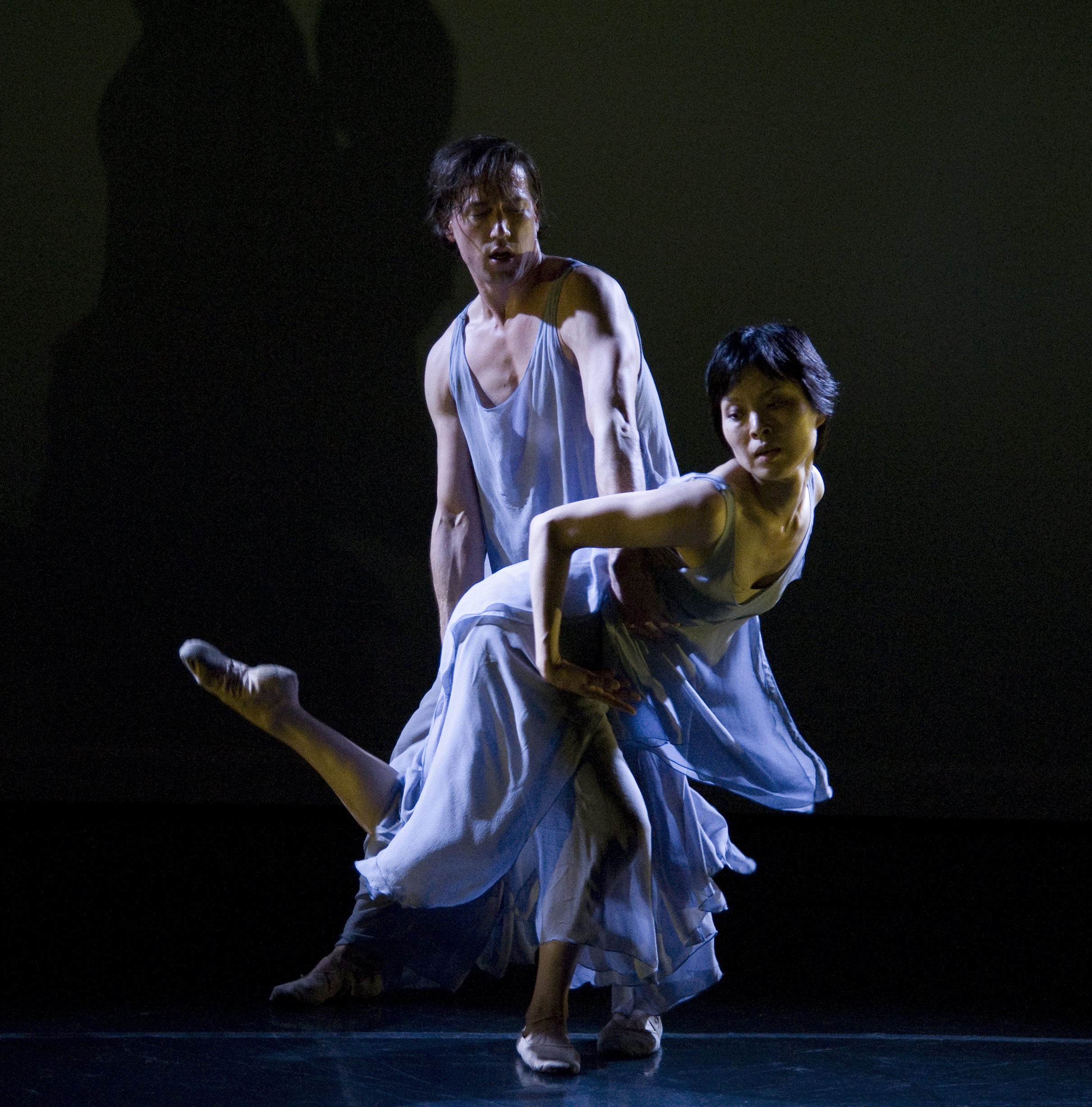
MAKINO HAYASHI
Audiences will remember Makino Hayashi’s soulful stage presence and sleek, nuanced technique from her thirteen years as a dancer with OBT. What they may not know is that throughout her performance career, Hayashi was gravitating towards her next phase as a choreographer. She says that she’s always loved making things from scratch – not just steps – and almost anything she sees sparks an idea in her head, an image of what more it could become. Well before Hayashi retired from OBT last year, she was putting those ideas into motion in dances for companies, schools, and events across Oregon and beyond, but about five years ago she noticed a big shift. “I realized I loved choreographing more than dancing,” she says. “It gives me a different satisfaction and happiness. I love giving the movement to different people and seeing how they use it, what they create with it. It’s like chemistry because everyone moves in different ways. As a dancer, I was never able to see myself. I could only feel. Now I can watch the beauty that dancers make.”
Hayashi’s personality is reflected in her choreography, the types of works she likes to make, and the way she likes to make them. Collaboration is key––whether that’s with a composer on an original composition, a film or videographer or, especially, dancers. “Everything I’ve seen, done, and felt in my life inspires me––my mind is always busy,” she says. “But it’s the dancers, these amazing people that give me the most. I cannot do this by myself. Dance is group work. I always feel it’s a miracle to have this time together, all of us in a room working towards one thing together.”

ANDREA SCHERMOLY
Andrea Schermoly arrived in Portland last December to start workshopping her OBT premiere with a clear concept in mind. But one day, mid-rehearsal, a flock of birds dramatically swooped into view just outside the studio window, as if delivering a message. “They were like a mob,” she remembers. “It was insane, but such a beautiful, arresting, evocative image. I thought, ‘What if I set this piece in crow land?’” The birds’ ominous appearance seemed to line up with the ideas that underly Asyla: Safety versus entrapment, both physical and psychological, and the discomfort of moving through change.
Schermoly’s idea brings us inside the mind of a woman who enters the birds’ realm––“crow land”––but intentionally leaves room for ambiguity. “It’s all a little upside down,” Schermoly says. “You can treat it as reality, or as metaphor for going deep down into your limbic system, finding things you’ve buried in your head for a long time. It doesn’t have to make exact sense, which I thought was nice about it. It’s like a weird Escher painting. There’s an uneasiness to it.”
Schermoly equates her choreography to a contemporary language that only high-level classical dancers can speak. “The OBT dancers are extremely versatile, and I’m capitalizing on their virtuosity and aesthetic quality, which I love,” she says. “I’ll create things in the studio, then turn around and look at what the dancers are doing and hybridize it, sort of mix and match with my style. If I can orchestrate what they’re doing with their bodies, it works beautifully.”
In an interesting parallel to the concept of the self within a flock, Schermoly says she thrives creatively on those around her, but is also always “obsessively” inside her own imagination. “I’m always dreaming about putting something out
into the world that’s been living in my head,” she says. “My love for creativity is my driving force, but it’s not possible without people. Being in the studio with dancers is a privilege and my biggest joy. There’s nothing like it. Sometimes you get burnt out, but then you get to spend your day in the studio working with a bunch of hilarious, creative individuals. Making something come to life with likeminded people is the best thing ever.”
Written by Gavin Laresen

